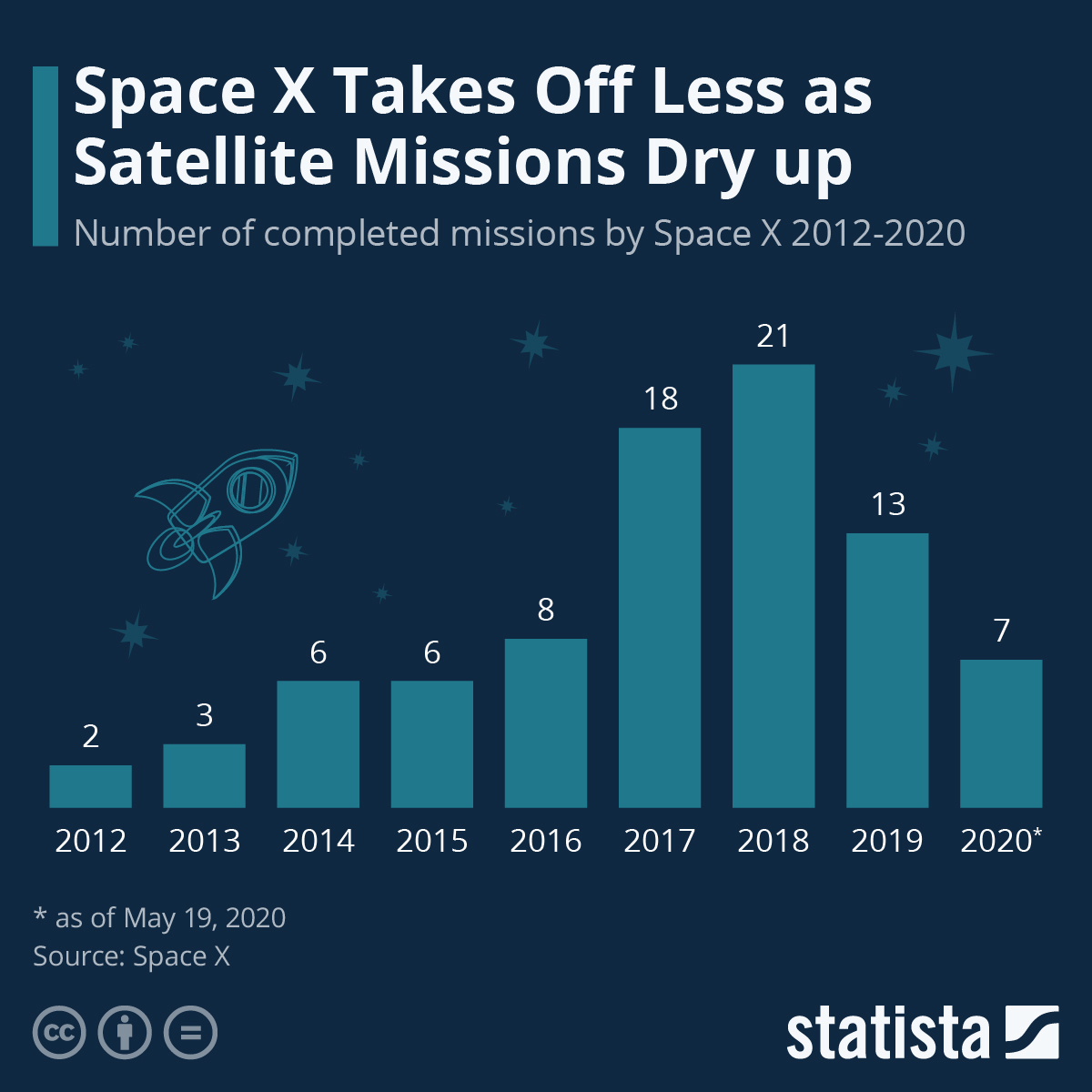2022- A SPACE ODYSSEY (EXTRAORDINAIRE)
June 4, 2022 | Expert Insights

Everything that Elon Musk does is grand- grand in design, cost, and size. After experimenting with many space vehicles, big and small, the pride of a future Elon Musk owned Spaceline is ready for the launch.
In a few months, perhaps in this year itself, a giant rocket system designed to carry large cargo to Mars and other planetary destinations will be ready for its maiden space voyage. Aptly named the Starship, it evokes images of the spaceship 'Enterprise' of Star Trek and Starship Troopers of the hit Hollywood movie of the same name.
Touted as a game changer for interplanetary travel, the Starship is designed as a fully reusable spacecraft capable of carrying an astounding 100,000 kgs of payload or up to 100 astronauts on a journey to Mars. Its prototype first completed its test flight in January last year.
Background
Space travel or even space tourism is no longer a figment of imagination. NASA has decided to open the International Space Station (ISS) to space tourists, and travel agencies are vying with each other to snap up the limited seats. At about $ 52 million per seat, Elon Musk's Space X will fly you to your outer orbit vacation aboard the ISS.
All this is part of Elon Musk's grand vision for making the human race an interplanetary civilisation. In his view, Earth needs 'lifeboat' planets where earthlings can seek refuge once planet earth is rendered untenable. This could be due to climate change or even some catastrophic event like a collision with an asteroid. Of course, it stands to reason, like the movie 2012, the seats to the 'lifeboat' would sell to the highest bidder! Elon Musk’s vision extends even further to develop human colonies on planets like Mars once he has solved the logistic problem of transporting the building material to these far-off destinations.

Analysis
Starships are going to be large machines, and at over 120 metres in height, they will tower over the space shuttle and all other contemporary launch vehicles. To power such monstrous rockets, very powerful rockets have been developed.
By all accounts, this is a project of astounding dimensions. While the early test models will make landings in the Pacific Ocean, ultimately, the service rockets will land on sea platforms for re-use. A complex system of mechanical arms is being designed to ‘catch’ these behemoths as they hover for a landing.
Ultimately, a Starship shuttle service will be operational between the Earth and perhaps, Moon and later Mars. As per NASA, SpaceX has won a contract to land astronauts on the Moon. The biggest commercial gain for Starship will be the ability to put into low or high orbits multiple satellites in a single mission. In fact, the Starship service would be a natural corollary to Elon Musk’s dream Starlink project.
NASA has an ambitious space programme named Artemis which will see a human colony being established, most likely on the Moon. It is being reported that last year, NASA signed a $ 2.89 billion deal with Elon Musk, which will use the Starship as their main mode of transportation of men and material to the lunar surface.
The entire spacecraft project is designed for long-distance endurance, as a single trip to Mars may take up to nine months of travel. It can easily be adapted for space tourism also, and there are reports that negotiations are on with Japanese tour agencies to tie up such long-term deals.
An important aspect of the Starship programme is that after the phasing out of the shuttle programme in 2011, NASA was entirely dependent upon the Russian space agency for transportation of its crew and material to the ISS. With relations with Russia on a downhill skid, the Starship vehicles offer the only option for space travel for US astronauts.
Considering the costs involved, space travel will not be cheap, and only the richest can afford it as a travel destination. But if it can really cut down on the cost of launch and bring down the percentage of aborted/ missed launches, then the commercial value of the entire project will grow exponentially. Today, most launches are being done by national space agencies-the Americans, Russians, EU, Chinese, Indians and Japanese. There are no commercially run space agencies which provide an affordable alternative, although the European Space Agency was designed to act as one. Elon Musk is the first businessman to venture out into the space, putting his personal and his corporate wealth and reputation on line. His success would change the face of interplanetary travel, as did the invention of the steamship first, followed by the aeroplane. Such an enterprise could really trigger a 'race for space' with large private corporates seeking their fortunes on distant planets.
Assessment
- Elon Musk is a dreamer, but not an ideal dreamer, but one who makes sure his dream turns true. His capacity to realise his dreams is infinite, as has been proven by Tesla and now the Starlink constellation. If any individual can make space travel as affordable as air travel today, it is Elon Musk. The world can only pray for his technical and, more importantly, commercial success.
- Man ravages and pollutes every natural habitat that he has frequented, be it the oceans, the ice-capped continents or remote Amazon basins. The same fate awaits the space and the planets if mankind does not mend its ways. Commercial exploitation of resources is a blind, greedy enterprise that sees nothing beyond profit. This is how 18th Century colonisers operated, and we can only pray that their 21st-century counterparts will not replicate them in action and spirit.








Comments